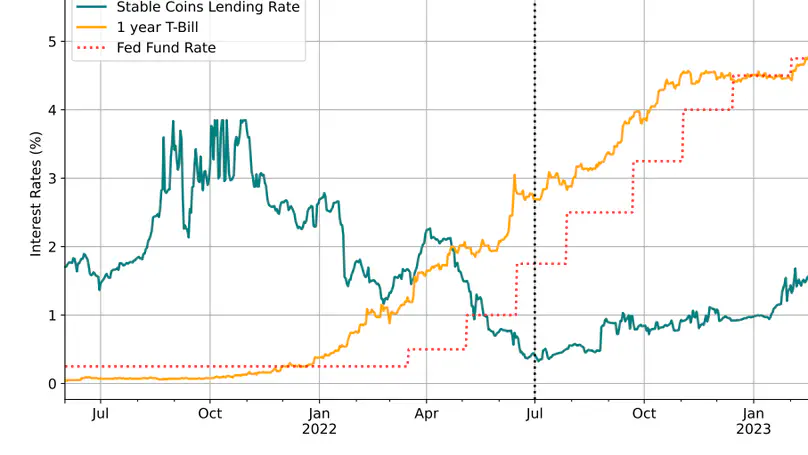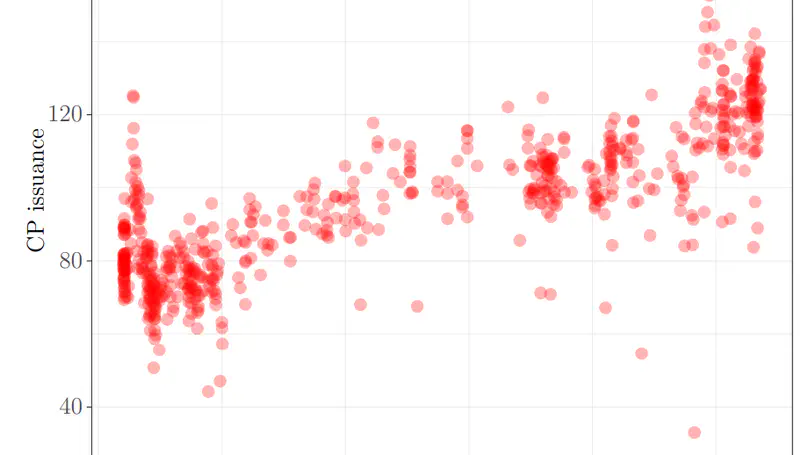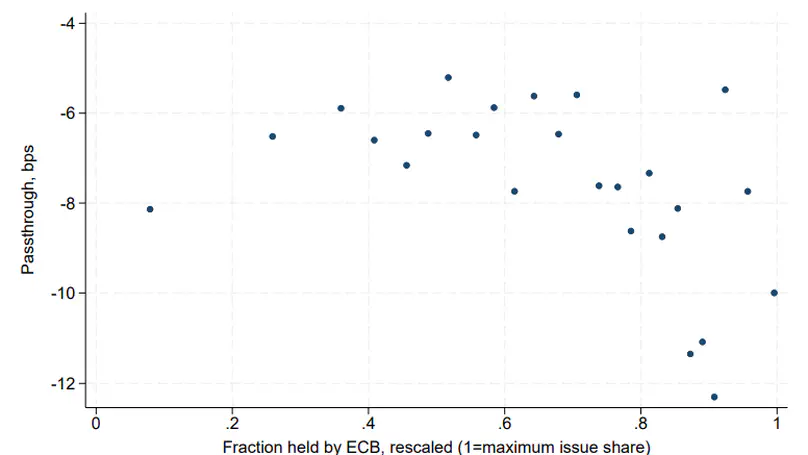Welcome to my website! I started my career in central banks in 2009 and became a researcher primarily investigating the effects of monetary policy on financial markets. I’m currently hosted by the European Central Bank in the Senior Management team of the DG-Market Operations, where I’m working on topics related to monetary policy implementation and market functioning. I held several positions at Banque de France and the ECB, at the crossroads between monetary policy operations and academic research. I have a PhD in Economics from Paris 1 Pantheon-Sorbonne University. My research focuses on money market, fixed income, portfolio allocation and the impact of supply and demand in asset pricing. My papers on how QE modified investors’ portfolio, and on how central bank purchases affect the repo market have been published in the Journal of Financial Economics. Recently, I have also worked on digital finance and the link between stablecoins and traditional financial markets.
Experience
Monetary policy and financial studies division:
- Co-lead of the Eurosystem’s Review of the Operational Framework on the demand for reserves.
Peer-reviewed publications
Working papers

Does the Federal Reserve’s monetary policy transmit to stablecoins pegged to the US dollar? Large stablecoin issuers do not pay interest, but investors can lend stablecoins in Decentralized Finance (DeFi) lending protocols, where interest rates are governed by predetermined interest rate rules enforced by smart contracts. This leads to markedly different interest rates between conventional short-term rates and stablecoins’ interest rates. We first document that the recent Federal Reserve’s interest rate hiking cycle coincided with falling stablecoin interest rates until July 2022, after which the correlation became positive. To make sense of the observed dynamics, we develop a simple model of DeFi lending and bring it to the data. The model successfully reproduces the observed shift in monetary policy transmission to stablecoin rates.

The rapid growth of stablecoins – crypto-assets aiming at keeping a stable value – has generated a sizeable demand for short-term dollar-denominated assets. The largest stablecoin issuers hold these assets in reserves to back their tokens and thus to manage their peg. This paper shows that an increase in the demand for stablecoin tokens caused additional CP issuance, when tokens are backed by commercial papers (CP). This suggests CP issuers catered to the demand emanating from stablecoins’ backing. Our results highlight a new type of link between crypto-assets, conventional financial markets and ultimately short-term debt issuers.

Most central banks exited their decade-long accommodative monetary policy cycle by first raising rates, rather than starting by reducing their balance sheet. We show that the scarcity of government bonds—which were purchased under QE and held by central banks—reduces the transmission of rate hikes to money market rates. In July 2022, when the ECB increased its policy rates by 50bp for the first time in a decade, rates of repo transactions collateralized by the scarcest bonds increased by only 30bp. We show that this imperfect pass-through to repo rates is priced in treasury yields. Heterogeneous bond holdings across institutions imply that collateralized funding costs vary significantly across European institutions.

Negative interest rate policy makes excess liquidity costly to hold for banks and this may weaken the bank-based transmission of monetary policy. We design a rule-based tiering system for excess reserve remuneration that reduces the burden of negative rates on banks while ensuring that the central bank keeps control of interbank interest rates. Using euro-area data, we show that under the proposed tiering system, the aggregate cost of holding excess liquidity when the COVID-19 monetary stimulus fully unfolds would be more than 36% lower than that under the ECB’s current system.

Since March 2020 the Eurosystem has provided conditional subsidies to some Euro Area banks, via the new terms of its Targeted Longer-Term Refinancing Operations (TLTRO). Under this program, banks can borrow from the Eurosystem at a rate as low as -1%, conditional on their lending performance to the real economy. By keeping the borrowed funds on their central bank accounts at -0.5%, banks can earn a 50 basis points profit, a significant margin by money market standards. This paper uses the new Euro-Area credit registry data (AnaCredit) to assess the effectiveness of this measure. To overcome reverse causality, we use a novel identification strategies based on the cut-off dates set before the pandemic and unexpected changes of parameters. We find a significant effect of TLTRO on credit supply.